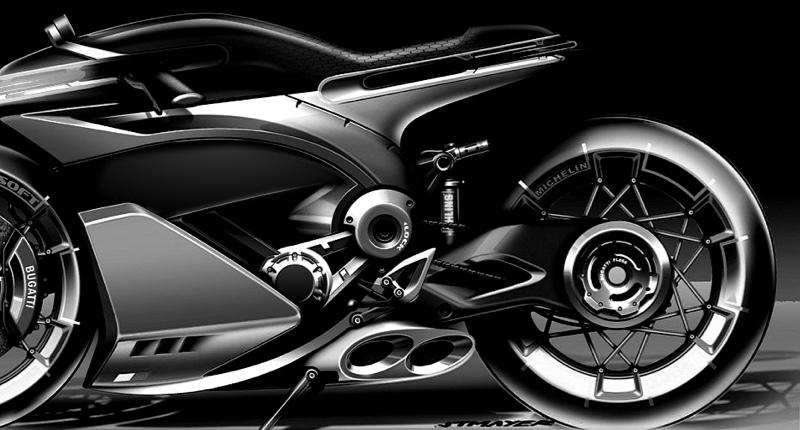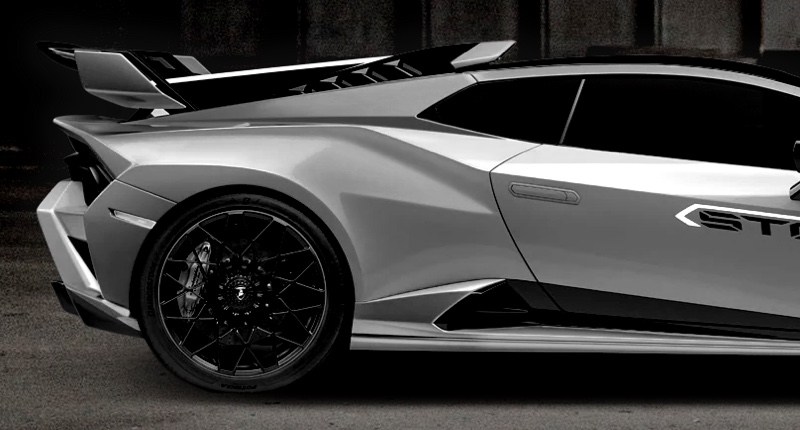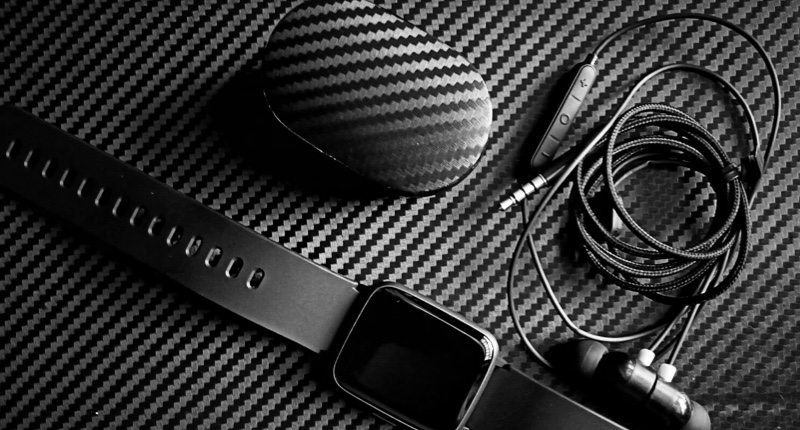does carbon fiber conduct electricity | Supreem Carbon Expert Guide
- Does Carbon Fiber Conduct Electricity? The Fundamental Answer.
- How Does Carbon Fiber's Conductivity Compare to Metals, and Why Does It Matter for Your Application?
- Beyond Basic Conduction: Understanding Carbon Fiber's Role in EMI Shielding and Lightning Strike Protection.
- Are All Carbon Fibers Created Equal Electrically? Factors Affecting Conductivity and Procurement Choices.
- Navigating the Risks: Safety Considerations When Working with Conductive Carbon Fiber Components.
Does Carbon Fiber Conduct Electricity? The Fundamental Answer.
Yes, carbon fiber does conduct electricity. This inherent property stems from its unique atomic structure. Carbon fibers are composed primarily of carbon atoms arranged in a crystalline lattice, similar to graphite. Within this structure, electrons are delocalized and can move relatively freely along the fiber axis, allowing for electrical conduction. While not as conductive as traditional metals like copper or aluminum, its conductivity is significant enough to have profound implications for its use in various high-performance applications.
How Does Carbon Fiber's Conductivity Compare to Metals, and Why Does It Matter for Your Application?
Comparing carbon fiber's conductivity to metals reveals its distinctive electrical profile. The electrical resistivity of standard carbon fibers typically ranges from approximately 1.5 x 10-3 to 6.0 x 10-3 Ohm-cm. In contrast, copper, a highly conductive metal, has a resistivity of about 1.7 x 10-6 Ohm-cm, and aluminum around 2.8 x 10-6 Ohm-cm. This means carbon fiber is significantly less conductive than these common metals—orders of magnitude higher in resistivity.
However, this lower conductivity is precisely what makes it valuable in specific engineering contexts. For instance, in applications where lightweight materials with some electrical properties are needed, such as in aerospace or automotive industries, carbon fiber offers a unique balance. While it won't replace copper wiring for power transmission, its conductivity is crucial for applications requiring static dissipation, EMI shielding, or as a structural component that can also conduct signals.
Beyond Basic Conduction: Understanding Carbon Fiber's Role in EMI Shielding and Lightning Strike Protection.
Carbon fiber's electrical conductivity is leveraged extensively in two critical areas: Electromagnetic Interference (EMI) shielding and Lightning Strike Protection (LSP).
- EMI Shielding: Due to their conductive nature, carbon fiber composites can effectively absorb and reflect electromagnetic waves, thus providing excellent EMI shielding. This is vital for protecting sensitive electronic equipment from external interference and preventing internal electronics from emitting unwanted signals. Industries like aerospace, defense, and telecommunications frequently specify carbon fiber composites for enclosures and structural components where EMI integrity is paramount. For re-procurement, understanding the fiber volume fraction, orientation, and resin system's impact on shielding effectiveness is crucial.
- Lightning Strike Protection (LSP): While conductive, standard carbon fiber composites alone are often insufficient to safely dissipate the extreme currents of a direct lightning strike (often exceeding 200,000 amps) without significant damage. Therefore, for aircraft and other structures exposed to lightning, carbon fiber composites are typically augmented with highly conductive external layers, such as copper mesh, expanded copper foil, or specialized conductive paints. These layers act as primary current pathways, protecting the underlying carbon fiber structure from thermal and mechanical damage. When re-procuring parts for lightning-prone environments, ensure that these integrated LSP features meet stringent industry standards (e.g., RTCA DO-160 for aerospace).
Are All Carbon Fibers Created Equal Electrically? Factors Affecting Conductivity and Procurement Choices.
No, not all carbon fibers exhibit the same electrical conductivity. Several factors influence this property, which are critical considerations for procurement specialists:
- Precursor Material: Carbon fibers are primarily derived from Polyacrylonitrile (PAN) or pitch. Pitch-based carbon fibers, especially those with high heat treatment temperatures, often exhibit higher electrical conductivity due to their more highly graphitized structure.
- Heat Treatment Temperature/Graphitization: Higher processing temperatures during manufacturing lead to increased graphitization—a more ordered crystalline structure—which generally results in higher electrical conductivity. High-modulus (HM) and ultra-high modulus (UHM) fibers often show better conductivity than standard modulus (SM) or high tenacity (HT) fibers.
- Fiber Orientation: In a composite, the electrical conductivity is anisotropic, meaning it's significantly higher along the direction of the fibers than perpendicular to them. For specific applications requiring directed conductivity, fiber orientation in the composite layup is key.
- Resin Matrix: The polymer matrix (e.g., epoxy, polyester) surrounding the fibers is typically insulative. While it doesn't conduct electricity itself, it dictates the spacing and contact between fibers, indirectly influencing the overall bulk conductivity of the composite. Conductive fillers can be added to the resin to enhance transverse conductivity.
- Sizing/Surface Treatment: The sizing applied to carbon fibers during manufacturing can influence inter-fiber contact and resin adhesion, which can subtly affect overall composite conductivity.
For re-procurement, clearly specify the required electrical properties (e.g., resistivity range, EMI shielding effectiveness) and the fiber type (e.g., PAN vs. Pitch, modulus grade) to ensure the purchased material meets application demands.
Navigating the Risks: Safety Considerations When Working with Conductive Carbon Fiber Components.
While carbon fiber's conductivity is advantageous, it also presents unique safety challenges that procurement and operational teams must address:
- Short Circuits: Fine carbon fiber dust or stray fibers, especially during machining, cutting, or sanding operations, are highly conductive. If these conductive particles come into contact with exposed electrical components or circuitry, they can cause short circuits, leading to equipment malfunction, damage, or even fire. Strict housekeeping and environmental controls are essential in manufacturing facilities.
- Respiratory Hazards: Carbon fiber dust, when inhaled, can cause respiratory irritation. Although not classified as a carcinogen like asbestos, minimizing exposure through proper ventilation and personal protective equipment (PPE) like respirators is crucial.
- Tooling and Equipment: When machining carbon fiber, conductive debris can accumulate on tools and machinery, potentially affecting their electrical systems. Grounding of equipment and regular cleaning are important.
- Static Electricity: Due to its conductivity and the friction generated during processing, carbon fiber can accumulate and discharge static electricity. This can be a minor annoyance or, in environments with flammable vapors, a significant ignition risk. Proper grounding and static dissipation measures are advised.
For industry users, implementing robust safety protocols, ensuring adequate ventilation, utilizing appropriate PPE, and maintaining clean workspaces are paramount when handling and processing carbon fiber components during manufacturing, assembly, or repair.
At Supreem Carbon, we understand the intricate balance of mechanical and electrical properties required in advanced composite materials. Our extensive experience in manufacturing high-quality carbon fiber parts ensures that products meet precise specifications for conductivity, EMI shielding, and structural integrity. We leverage advanced materials and rigorous quality control to deliver components that not only perform exceptionally but also integrate seamlessly into your existing systems, ensuring reliable re-procurement for critical applications.

New arrivals of Honda CBR1000RR-R!

100% Carbon fiber dash panel and window door trims set new arrivals!

Supreem Carbon Auto parts new arrivals!

Rev Up Your Ride: Supreem Carbon - China's Finest Custom Motorcycle Carbon Fiber Parts

Carbon Fiber Composites: Applications, Benefits, and Industry Trends

New Arrivals of BMW S1000RR 2020+ full carbon fiber sets.
For Products
How can I get some sample?
Actually we dont provide the free sample to customer, you can place a sample order if need some parts.
Supreem Carbon parts produce by 100% carbon?
Yes,all products are made from full carbon with dry carbon.
Which carbon fiber material you can provide in production?
1*1 plain /2*2 twill / forged carbon / honeycomb / kevlar and so on.
For Order Delivery
How to choose the mode of transportation?
We use official shipment like Fedex,UPS,DHL and so on. Also customer can arrange delivery by themselves.
What is the shipping time for the different ways?
Express delivery 5-7 days.
20-25 days by sea.
15 days by air.

Kawasaki ZX10R Carbon Fiber Front Fender
Introducing the Supreem carbon fiber front fender, designed specifically for the Kawasaki ZX10R. Crafted with precision and expertise, it is the epitome of quality and performance. Made from high-quality carbon fiber, our front fender is incredibly lightweight yet extremely strong and durable. Our advanced manufacturing process ensures a perfect fit for the Kawasaki ZX10R, seamlessly integrating with the bike's design.

BMW S1000RR Carbon Fiber Front Fairing Cowls Custom

Supreem Carbon Custom Carbon Fiber Airbox Cover for Honda CBR1000RR-R
This carbon fiber tank cover can directly replace the ABS part, giving your CBR1000RR-R a fantastic and unique carbon fiber look.

Kawasaki ZX10R Carbon Fiber Belly Pan
The carbon fiber belly pan reduces the weight of the car body and provides a unique visual effect. It improves motorcycle performance and provides an excellent driving experience. It is handmade with 100% dry carbon technology and perfectly matches the original car accessories. You can replace the ABS directly.
Let’s Bring Your Carbon Fiber Ideas to Life
Have a question or inquiry about our carbon fiber composite products? Leave us a message here, and our team will get back to you promptly.
Whether you're interested in custom orders, technical specifications, or partnership opportunities, we're here to assist you.
Please fill out the fields above with your name, email address, and message.
© 2024 Supreem Carbon All Rights Reserved.





Facebook
Pinterest
LinkedIn
Instagram